精密コーティング産業チェーンのバックエンドにおける重要な設備であるリボンスリッターの信頼性は、最終的なスリット製品の品質(無塵、バリ、静電気など)、生産効率、そして運用コストに直接影響します。以下では、5つの主要な設計を通して、リボンスリッターの信頼性を体系的に向上させる方法について、詳細に分析します。
コアコンセプト:「アクティブ」から「安定」、「エクスペリエンス」から「精度」へ
信頼性向上の本質は、故障率を最小限に抑え、人的介入の頻度を減らし、長期的な運用の安定性を確保することです。これら5つの設計は、この核心を中心に展開されています。
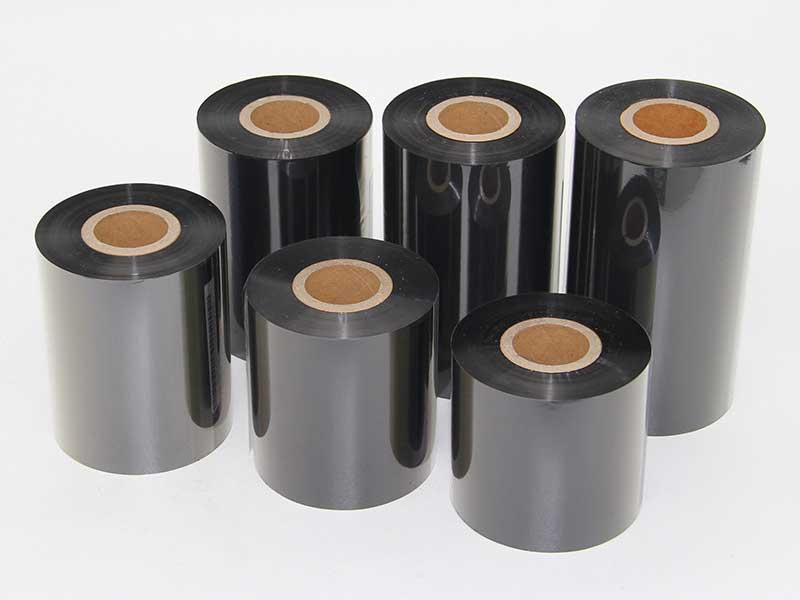
主な設計1:高剛性・高精度の機械構造設計
これは設備の信頼性の基盤です。振動や変形は、スリット品質の低下や部品の摩耗の加速に直結します。
1. 鋳鉄/鋼の一体溶接ボディ:
◦ 分析:プロファイル接合ではなく、高級鋳鉄または耐歪鋼構造を採用しています。一体型設計により、耐振動性と熱安定性が非常に高く、スリット加工時の振動を効果的に吸収し、長期使用による本体の変形を防止します。
◦ 信頼性の向上:強固な基礎により、機体に取り付けられたすべてのコンポーネント(ツールホルダーやガイドローラーなど)の相対的な位置精度が長期間にわたって変化しないことが保証され、機体のわずかな変化によって引き起こされるベルトの走行や切断の偏差などの問題を根本的に回避します。
2. 精密機械加工されたコアローラー:
◦ 分析:巻出し軸、巻取り軸、トラクションローラーなどのコアローラーの動的バランスレベルはG2.5以上である必要があります。仕上げも重要であり、多くの場合、硬質アルマイト処理、鏡面研磨、または硬質クロムメッキ処理が用いられます。
◦ 信頼性の向上:高いバランスにより、高速運転時の周期的な振動が抑制され、ベアリングとドライブトレインが保護されます。滑らかで剛性が高く均一なロール表面は、リボンコーティングへの傷付きを防ぎ、滑りや急激な張力変化に対して安定した摩擦力を確保します。
3. 頑丈なハウジングと正確な位置合わせ:
◦ 分析:すべての回転部品は、有名ブランドの高精度ベアリングで作られており、精密に加工されたハウジング内に収納されています。組み立て工程では、レーザーアライナーなどのツールを使用して、ローラー間の平行度を確保します。
◦ 信頼性の向上:ベアリングの異常摩耗と発熱を大幅に低減し、耐用年数を延ばし(多くの場合、最大数万時間)、ベアリングの損傷による突然のダウンタイムを回避します。精密なアライメントにより、リボンの機械内経路が安定し、蛇行や皺の発生を防ぎます。
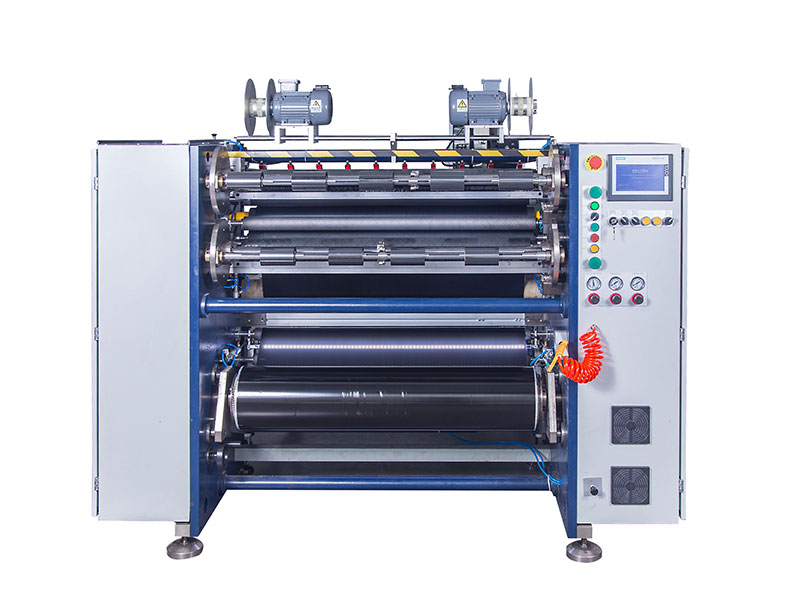
主な設計2:インテリジェントで安定した張力制御システム
テンションはスリット工程の魂です。テンションは不安定で、何も存在しません。信頼性の高いテンションシステムは、高品質のスリットと、途切れることなく重なりのないテープの生産に不可欠です。
1. 完全な閉ループ張力制御:
◦ 分析:このシステムは、張力センサー(またはフローティングローラー型)、特殊張力コントローラー、ブレーキ/アクチュエータ(例:磁性粒子ブレーキ、サーボモーター)で構成され、張力を連続的に検出し、瞬時に調整して設定値を維持するリアルタイムフィードバックシステムです。
◦ 信頼性の向上:巻出径の変化や始動・停止の激しさに関係なく、一定の張力が維持されます。これにより、張力過大によるリボンの変形や破断、また張力不足による巻きムラや重なりを回避できます。
2. セグメント化された張力制御:
◦ 分析:巻出、中間牽引、巻取の3つの領域に独立した張力制御ユニットを設置しています。各ゾーンの張力を個別に設定でき、スムーズな遷移を実現します。
◦ 信頼性の向上:リボンの「解放」から「巻き取り」までの全工程を精密に管理します。特に巻き取り部では、テーパー張力制御を採用し、ロール径の増加に伴い張力を徐々に低下させることで、「キャベツの塊」が潰れる現象を効果的に防止し、大ロール径下でも巻き取り品質の安定性を確保します。
3.サーボモーターダイレクトドライブ:
◦ 解決策:従来の磁性粉クラッチ/ブレーキをテンションアクチュエータとしてサーボモーターに置き換えます。サーボシステムは応答速度が速く、制御精度が向上し、摩擦材の損失がなく、発熱も少なくなります。
◦ 信頼性の向上:磁性粒子の性能低下や詰まりによる障害が低減し、特に高速始動停止時のシステム応答速度が向上し、システムの長期安定性とメンテナンスサイクルが大幅に向上します。
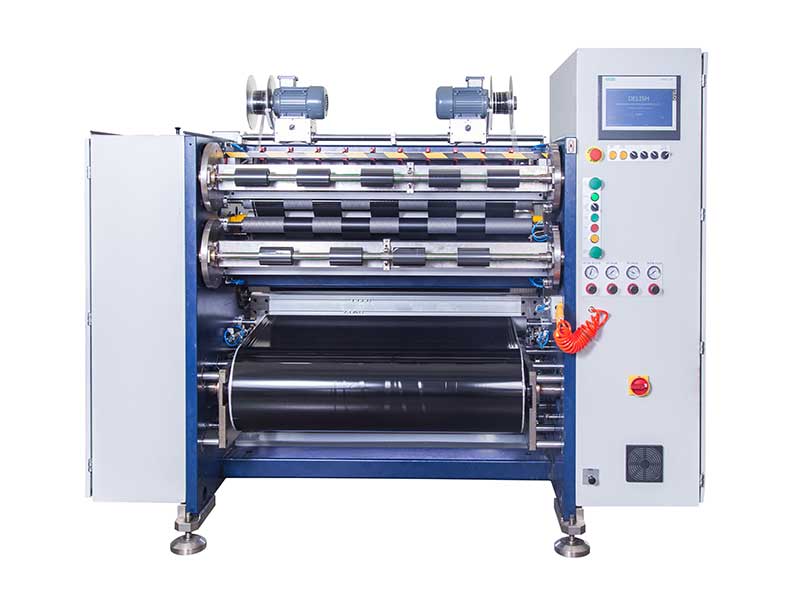
主な設計3:耐久性と精度に優れた切断システム設計
切断システムはスリット加工を実行する端末であり、その状態がスリット加工の品質を直接決定します。
1. 高品質のツールとツールホルダー:
◦ 分析:刃の材質は非常に重要です。通常は粉末冶金高速度鋼または超硬合金が使用され、長期にわたる鋭い切れ味を維持するために耐摩耗コーティング(TiN、TiAlNなど)が施されています。上下のツールホルダーの接触角、オーバーラップ(丸刃の場合)、またはカット(平刃の場合)は、微調整可能で確実に固定されなければなりません。
◦ 信頼性の向上:超硬刃により、研磨・交換間隔が大幅に延長され、ダウンタイムを削減します。精密なツールホルダー設計により、バリや粉末のロスがなく、クリーンできれいな切断を実現し、工具自体の摩耗も軽減します。
2. 自動研磨・除塵システム:
◦ 分析:インライン自動研磨装置を内蔵し、時間またはカウントに基づいて定期的に丸刃を研磨します。同時に、切断時に発生する切削屑を適時に除去する集塵ノズルも備えています。
◦ 信頼性の向上:「予防保守」を実現。刃先が少しでも鈍くなった場合は修理を行い、常に最適な切断状態を維持し、刃先の不鮮明さによる製品品質の問題を回避します。集塵システムにより、破片がリボンや機械内部に付着するのを防ぎ、清掃やメンテナンスの頻度を削減します。
3.サーボ駆動スリット位置制御:
◦ 分析: 固定長のスリットが必要な場合、サーボモーターを使用してカッターを駆動し、電子カムをメインの牽引シャフトと同期させます。
◦ 信頼性の向上:スリット長さは正確で、累積誤差がありません。機械式カムや空圧式切断と比較して、サーボシステムは機械的な摩耗がなく、長期にわたって精度が維持されるため、信頼性が極めて高くなります。
主要設計4:統合予測型インテリジェント制御システム
現代の信頼性には、機械が自己監視、診断、警告を行えるインテリジェンスが必要です。
1. PLC + HMI中央制御:
◦ 分析:高性能PLCを制御コアとし、大型カラータッチスクリーン(HMI)を搭載。すべてのパラメータ(張力、速度、長さなど)をデジタルで設定・保存できます。
◦ 信頼性の向上:ポテンショメータの経年劣化やノブの操作ミスによる人為的ミスを削減します。プロセスパラメータは追跡可能かつ再現性が高いため、異なる製品バッチ間での一貫性が確保されます。システムに内蔵された診断機能により、故障箇所を迅速に特定できます。
2. 状態監視と早期警告:
◦ 分析: 温度センサー (ベアリング温度を監視)、振動センサー、超音波ストリップ破損検出器などのさまざまなセンサーを統合します。システムは重要なコンポーネントの動作状態をリアルタイムで監視します。
◦ 信頼性の向上:「事後メンテナンス」から「予知メンテナンス」への飛躍を実現します。例えば、ベアリング温度の異常上昇を検知した場合、システムは事前に警報を発し、迅速なメンテナンスを実施することで、付随的な損失や、完全な損傷による長時間のダウンタイムを回避します。
3. データロギングとMES/ERPインターフェース:
◦ 分析: マシンは生産データ (メーター、スクラップ率、ダウンタイムなど) を記録し、ネットワーク インターフェイスを介して工場管理システムにアップロードできます。
◦ 信頼性の向上:生産管理と設備メンテナンスにデータサポートを提供し、特定の材料のスリットパラメータの最適化など、信頼性に影響を与える潜在的な法則を分析できるため、プロセスを継続的に改善し、全体的な運用効率を向上させることができます。
主な設計5:人間工学に基づいたメンテナンスしやすい補助設計
信頼性とは、機械が故障しないということだけではなく、どれだけ迅速かつ正確にメンテナンスや操作ができるかということも意味します。
1. モジュラー設計:
◦ 分析:巻き出しユニット、巻き取りユニット、切断ユニットなどを比較的独立したモジュールに設計します。
◦ 信頼性の向上:ユニットのオーバーホールが必要な場合、ユニット全体を迅速に交換できるため、メンテナンスによるダウンタイムを大幅に削減できます。また、スペアパーツの管理や将来のアップグレードにも便利です。
2. 便利なメンテナンスアクセスポイント:
◦ 分析:素早く開く保護ドア、集中潤滑システム、空気圧コネクタの素早い抜き差し、回路と空気回路の明確な識別。
◦ 信頼性の向上: 保守担当者の労働強度とスキル要件が軽減され、定期的かつ標準化された保守の実行が促進されるため、潜在的な障害の発生をほとんど防ぐことができます。
3. 効率的な静電気除去と除塵:
◦ 分析:主要なステーション(スリット後、巻き取り前など)にイオンエアロッドなどの静電気除去装置を設置し、エアナイフや真空吸着装置を使用して表面の塵埃を除去します。
◦ 信頼性の向上:リボン、特にポリマー素材は静電気の影響を受けやすく、埃の吸着や巻き取りムラの原因となります。静電気と埃を積極的に除去することで、製品の清浄性を維持し、静電放電による繊細な電子部品への損傷を防ぎます。
まとめ
これら 5 つの主要設計の有機的な組み合わせにより、リボンスリッター機は単純な「切断ツール」から、安定したインテリジェントな自己認識型精密製造システムへと進化しました。
• 機械構造は強力な「骨と筋肉」です
• 緊張のコントロールは「神経と感覚」に敏感である
• 切断システムは鋭い「歯と爪」です
• インテリジェント制御は知能の「頭脳と中心」である
• ユーザーフレンドリーなデザインは、滑らかな「血液と関節」です
結局のところ、信頼性の高いリボンスリッターは、トラブルのない動作時間が長く、ライフサイクルコストが低く、製品の歩留まりが高く安定していることを意味し、激しい市場競争の中でユーザーにとって強固な技術的障壁とコスト上の優位性を築きます。
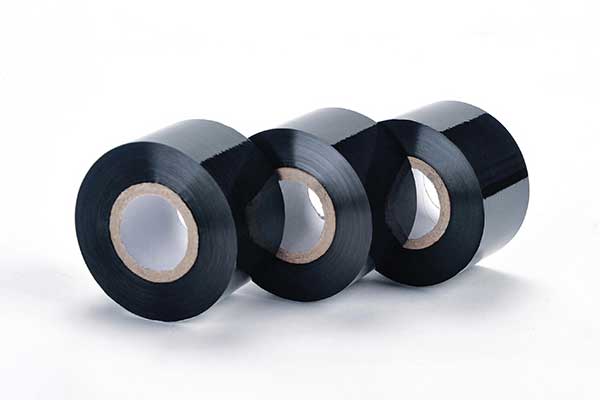 リボンスリッターはスリット加工以外に何ができるのか?そのコアバリューとは?2025年10月7日
リボンスリッターはスリット加工以外に何ができるのか?そのコアバリューとは?2025年10月7日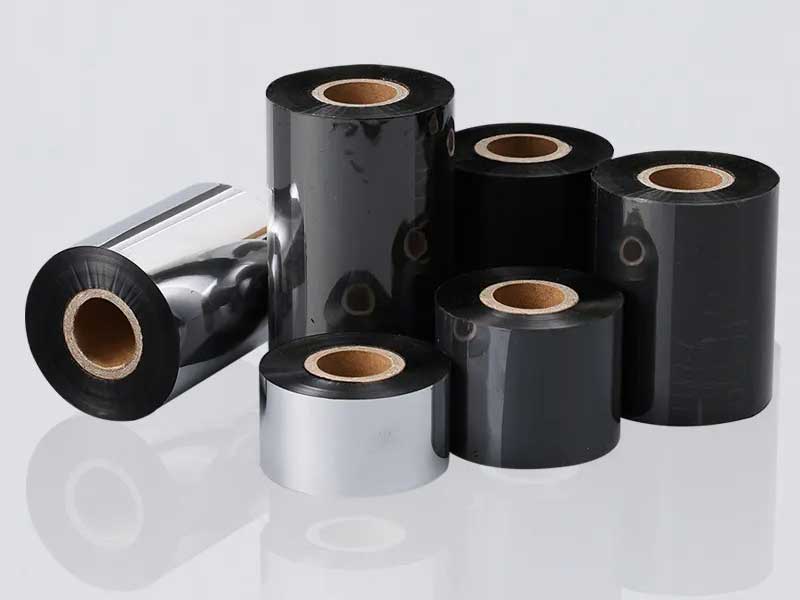 多様化する印刷ニーズにどう応えるか?リボンスリッターは欠かせない基盤です2025年10月7日
多様化する印刷ニーズにどう応えるか?リボンスリッターは欠かせない基盤です2025年10月7日 リボンカスタマイズの核心とは?リボンスリッターについて詳しくはこちら2025年10月7日
リボンカスタマイズの核心とは?リボンスリッターについて詳しくはこちら2025年10月7日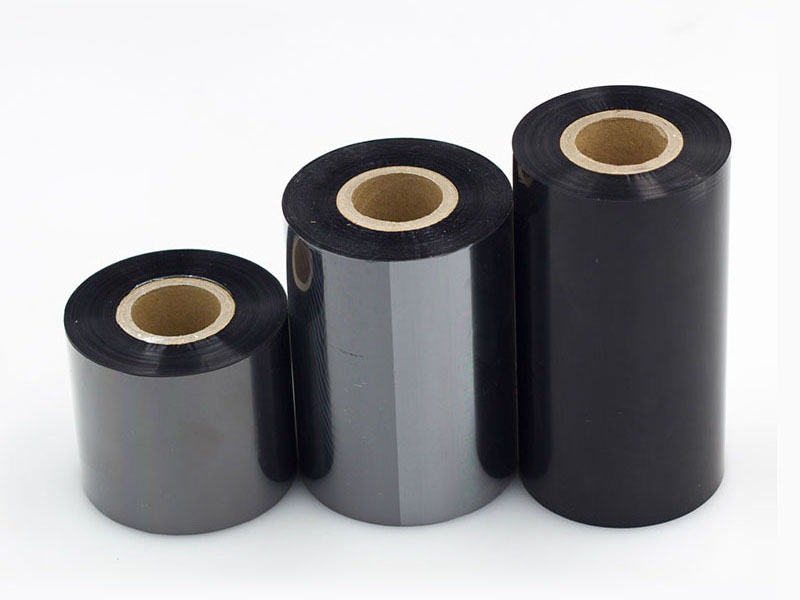 あなたのリボンは本当に正しく切れていますか?リボンスリッターの重要性を解説します2025年10月7日
あなたのリボンは本当に正しく切れていますか?リボンスリッターの重要性を解説します2025年10月7日